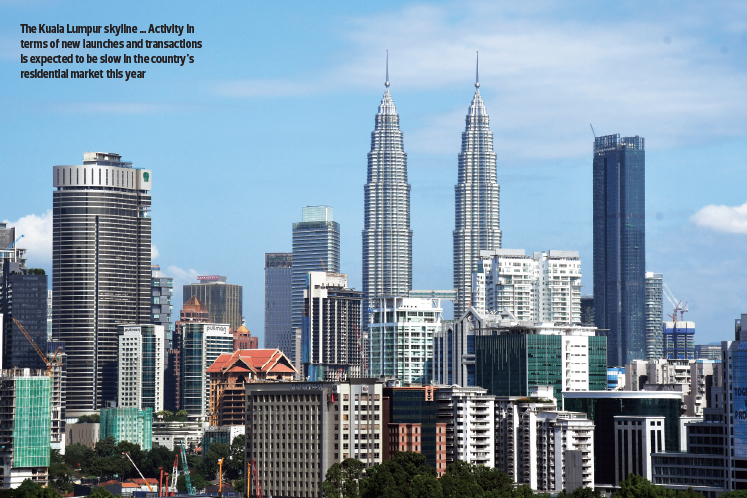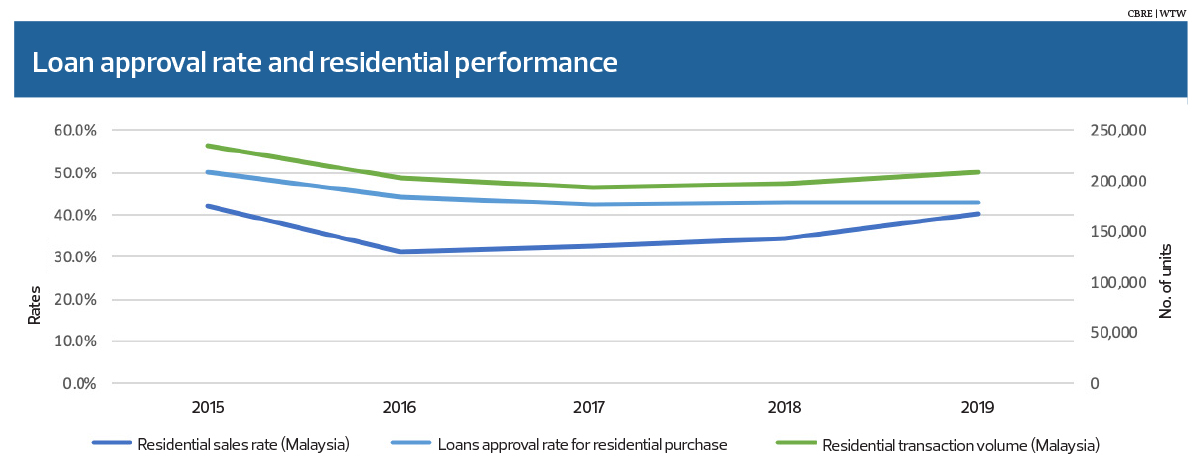The overnight policy rate (OPR) is currently at a record low of 1.75%. In May last year, Bank Negara Malaysia cut the OPR to 3% — the first revision in more than a year at the time. Before that, the OPR had been kept at 3.25% since January 2018.
This article first appeared in theedgemarkets.com. View source here.
The central bank subsequently announced more OPR reductions, and with the latest 25-basis-point cut on July 7, the rate has been reduced by a total of 125bps so far this year.
Hong Leong Investment Bank Research (HLIB Research) does not discount another 25bps cut to 1.50% as early as Bank Negara’s next monetary policy committee meeting in September, as economic activity is expected to remain weak and inflation prospects modest.
“Despite expectations of gradual improvement in Malaysia’s growth prospects, the pace and strength of the recovery remain subject to downside risks emanating from domestic and external factors,” it says in a report.
HLIB Research adds that policy measures implemented domestically to mitigate the negative impact of Covid-19 will lapse in October, putting downside risks on the economy, while sluggish and uncertain growth could lead to further job losses and deter investment.
A standstill
Many have said that now is the best time to buy a property because of the low-interest rate and willingness of developers and property owners to sell their properties at lower prices to maintain cash flow.
Nevertheless, the Movement Control Order (MCO) and the subsequent Conditional MCO that was imposed to contain the Covid-19 pandemic have hit the economy significantly. Businesses are closing down and many employers are cutting their employees’ salaries to keep their companies afloat.
How badly has the property market been affected during the MCO period?
Activity in terms of new launches and transactions is expected to be slow in the residential market in 2020 amid the economic headwinds and job insecurity. Developers are focusing on clearing their inventories instead of new launches.
Nawawi Tie Leung managing director Eddy Wong tells City & Country that the larger concern on everyone’s mind is the Covid-19 pandemic, its impact on the global economy and the impending recession with its attendant problems such as distressed companies and job losses, which will affect homebuyers’ sentiment.
“This is against the backdrop of the property market being in an oversupply situation even before the pandemic,” he says.
There are fears that there will be another round of MCO if the Covid-19 situation cannot be controlled. If that happens, it will further dampen economic and job recovery. The chain of effects may result in more fire sales.
Property consultants generally do not expect to see fire sales for now — at least not until after September — due to the six-month loan moratorium announced by Bank Negara that provides financial relief to many people.
While the number of fire sales in the property market is not high at the moment, CBRE|WTW managing director Foo Gee Jen observes that there may be isolated cases of more desperate sellers mainly because they are experiencing cash flow problem.
“Lately, sellers have been more receptive to offers by prospective buyers. Similarly, in the capital market, the Securities Commission Malaysia commented that there has been no escalation in redemptions of unit trusts so far. This could be interpreted as the market being in contemplation and in a ‘wait and see’ mode,” he says.




